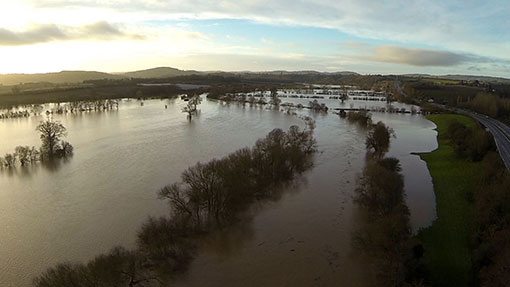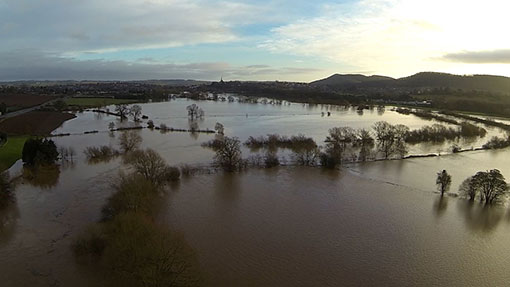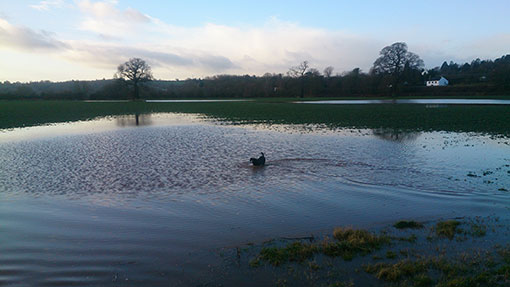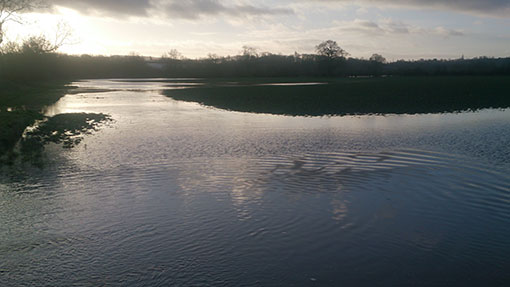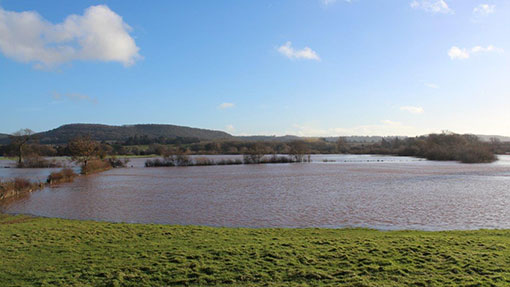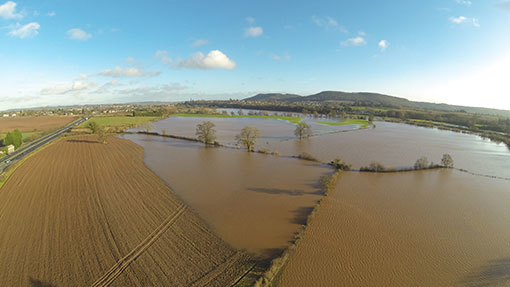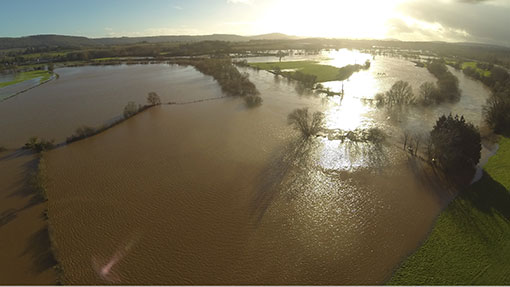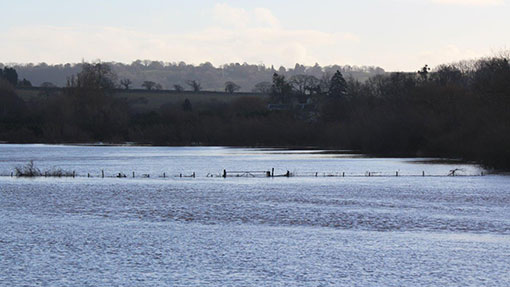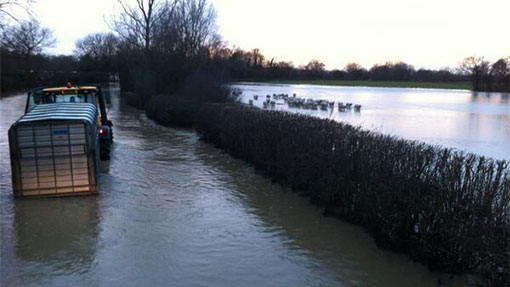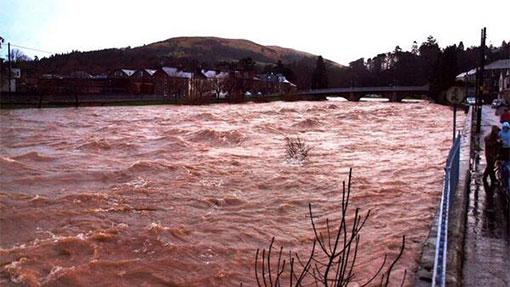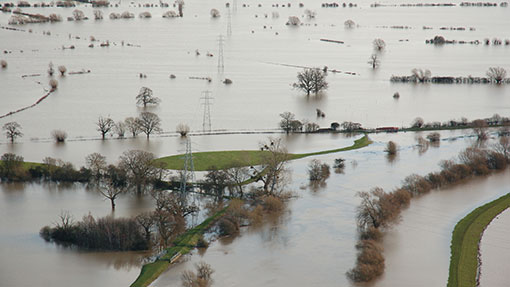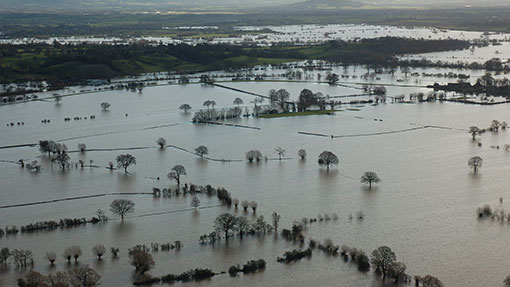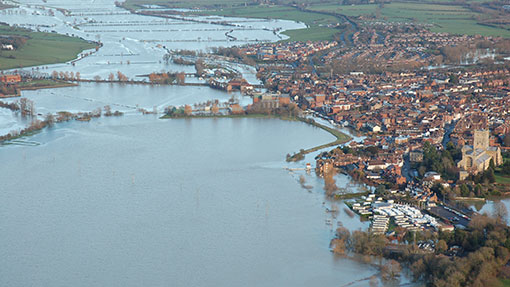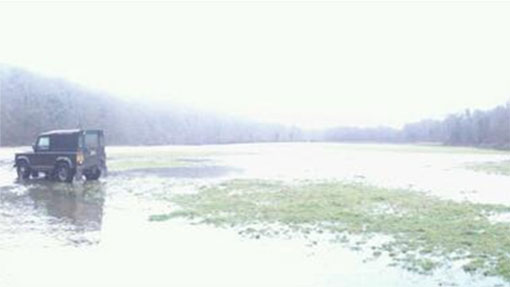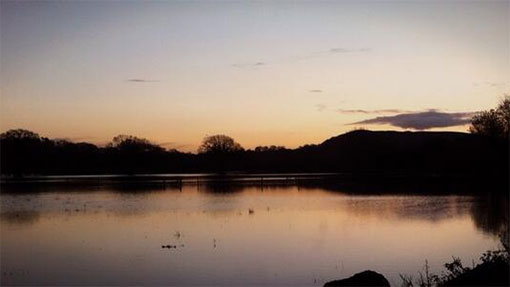Photos: Floods hit UK after ‘average’ 2013 weather
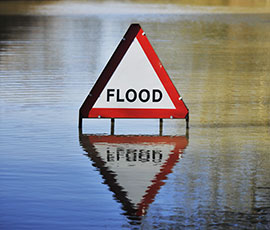
Floods and gales have hit Britain over Christmas and the new year but the Met Office’s figures for the whole of 2013 show it was an average year for UK weather.
The weather statistics for 2013 were very close to the 1981-2010 average, the Met Office said.
It has been individual months which have painted a very different picture.
Parts of southern England saw about double the normal amount of rain during December. An unsettled and stormy month saw the first major storm on 5-6 December, with another on the 18-19 December and a third tracking past the UK on 23-24 December.
West Country farmers suffered flooded land again after torrential rain and high winds at new year.
Some areas received as much as 36mm of rain in 24 hours, having already experienced almost double the usual rainfall throughout December, said a spokesman for the Met Office. On Thursday (2 January), the Environment Agency had issued more than 100 flood alerts and warnings across the region, with many rivers already having broken their banks.
Tom Jeanes, a beef farmer at Lawnmoor Farm, North Curry, Somerset, said his farm had been completely cut off by the floods. “The driveway is too flooded to pass in a car, so we’re ferrying everything in and out with a tractor. We’re overlooking several square miles of water, and about a quarter of my farm is under water,” he said.
The area suffered appalling flooding in 2012-13, when fields were under water for more than 100 days between October and February, devastating crops and wildlife. “We don’t mind a bit of flooding if it passes quickly, but without dredging the rivers it takes so much longer to pump the water off,” said Mr Jeanes.
Some 2013 extremes
Source: Met Office
“The reservoir is overflowing and blocking the main road – it’s not just farmers who are affected. Even our local road, which is used by 1,800 cars a day, has been shut since Christmas Eve, and it will probably will be another three weeks before it clears.”
The Met Office was warning of more high winds and rain to come, which, combined with a high tide, meant many coastal areas and tidal rivers were at risk of further flooding.
But looking more widely at the figures, December proved to be a relatively warm month across the UK up to 29 December. It is ranked as the seventh mildest December since records began in 1910, although this could change when the final figures for the past two days are included.
Other areas of the UK fared much better in the last month of 2013. Some spots along the east coast saw only about half their December average.
And the mean temperature for the UK is 8.76C, which is just 0.08C below the annual long-term average and rainfall stands at 1079.8 mm, which is about 94% of the average.
Sunshine levels in 2013 were also up at 1425.7 hours, which is 104% of the average.
But looking further back into 2013 the spring was the coldest since 1962.
Temperatures were well below average in all areas, but particularly England and Wales, and it was the coldest spring in central England since 1891.
The cold season was mainly due to the very cold March – the coldest month of the extended winter – but April and May also saw well below average temperatures.
Winds were often from the east or north, with notably low temperatures and some unseasonably late snowfalls in places extending into April and May.
After a mixed June, July kick-started a period of relatively fine weather which led to the warmest, driest and sunniest summer since 2006.
The season itself wasn’t that remarkable in its own right, said the Met Office. But it became so when seen in the context of the past few years which had generally seen disappointing weather.
Autumn was fairly average in terms of its numbers, with temperature, rainfall and sunshine close to average, but October featured the St Jude’s Day storm.
This storm is judged to be ranked within the top 10 most severe storms in the autumn across southern England in the past 40 years.
Ally Hunter Blair, of Weir End Farm in Herefordshire captured this footage on Christmas Day showing 60ha (150 acres) of the farm is flooded.
DEFRA in flood crisis meeting

